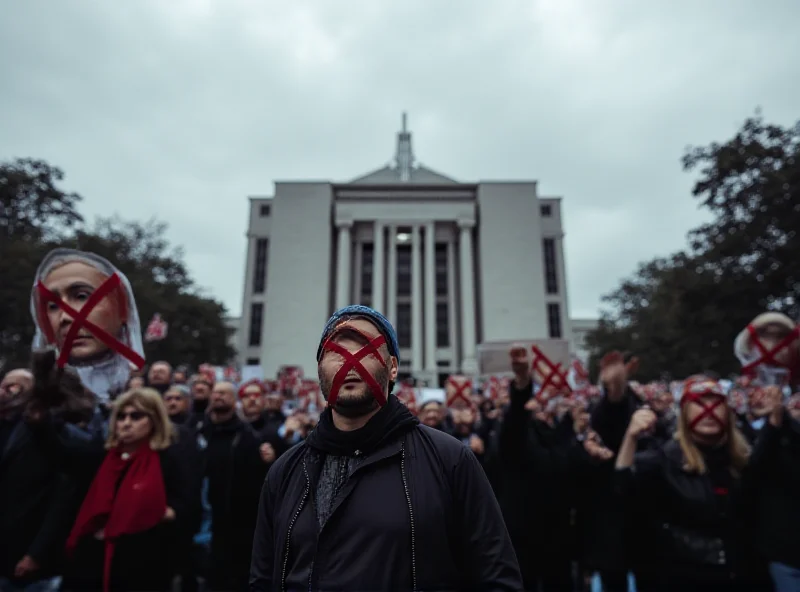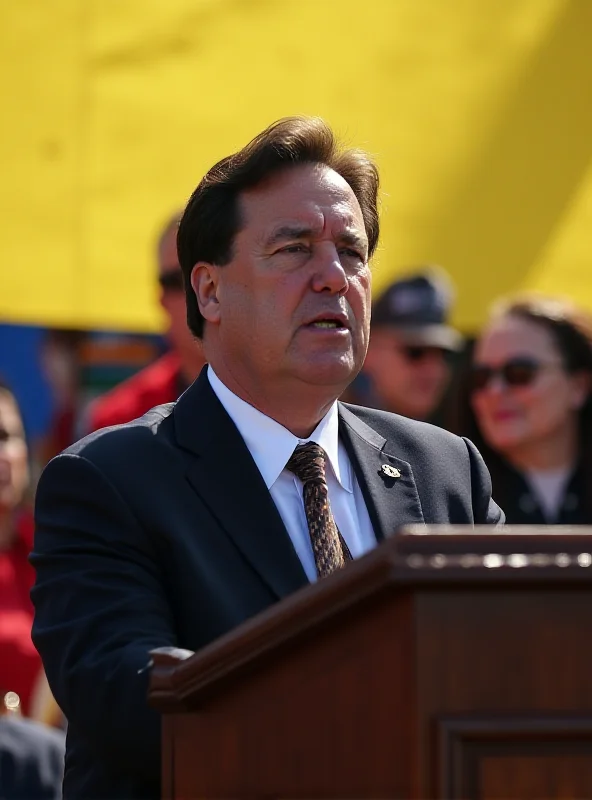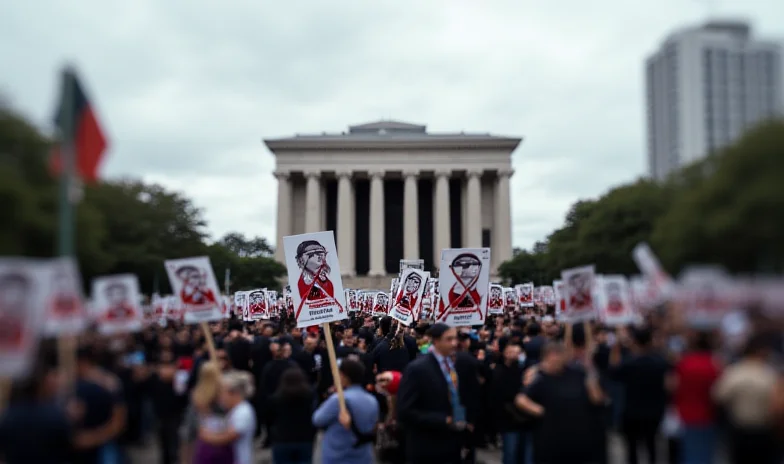The political landscape is constantly shifting, and recent events in Nicaragua, Colombia, and debates surrounding cultural symbols like the hijab demonstrate the complexities of modern governance and societal values.
Nicaragua's Departure from the UN Human Rights Council
In a move that has drawn international condemnation, Nicaragua, under the leadership of President Daniel Ortega and Vice President Rosario Murillo, has withdrawn from the UN Human Rights Council. This decision follows a damning report from a group of experts who presented evidence suggesting the country's Central American army committed crimes against humanity. The move is seen by many as an attempt to avoid further scrutiny and accountability for alleged human rights abuses.

The implications of Nicaragua's withdrawal remain to be seen, but it is likely to further isolate the country on the international stage and raise concerns about the protection of human rights within its borders. The UN Human Rights Council has been a critical forum for addressing human rights violations worldwide, and Nicaragua's absence will undoubtedly be felt.
Changes in Colombia's Cabinet
Meanwhile, in Colombia, President Gustavo Petro recently announced changes to his cabinet, including a replacement for Francia Márquez in the Equality portfolio. The announcement was made during a ceremony steeped in "Macondo symbolism," a reference to the magical realism style made famous by Colombian author Gabriel García Márquez. Interestingly, Márquez herself was absent from the event, and Petro made no direct mention of her during his address. This followed reports that Márquez had received death threats, adding a layer of complexity to the cabinet reshuffle. The reasons for her replacement are still unclear, but it suggests a significant shift within the Petro administration.

The situation raises questions about the stability of the Colombian government and the challenges faced by leaders in addressing threats and maintaining political unity. The absence and lack of acknowledgement of Francia Márquez highlights potential tensions within the Colombian political sphere.
The Debate Surrounding the Hijab
In other news, a debate has emerged surrounding the wearing of the hijab, with some arguing that its promotion, even among those who may not fully understand its implications, legitimizes a misogynistic and patriarchal system. The core argument is that the veil, regardless of the wearer's awareness, represents a fundamentalist imposition that perpetuates gender inequality. This perspective challenges the notion that wearing the hijab is simply a matter of personal choice or religious expression. Instead, it frames it as a political statement with potentially harmful consequences.

"To defend the use of the veil, which is fundamentalist even if those who wear it do not know it, means legitimizing a misogynistic patriarchal imposition."
This debate highlights the ongoing tension between religious freedom, cultural identity, and the fight for gender equality. It underscores the importance of critical thinking and awareness when engaging with cultural symbols and traditions.
These disparate events in Nicaragua, Colombia, and the discussions surrounding the hijab, underscore the dynamic and interconnected nature of global politics and societal values. They remind us that political landscapes are ever-evolving and require constant attention and critical analysis.
